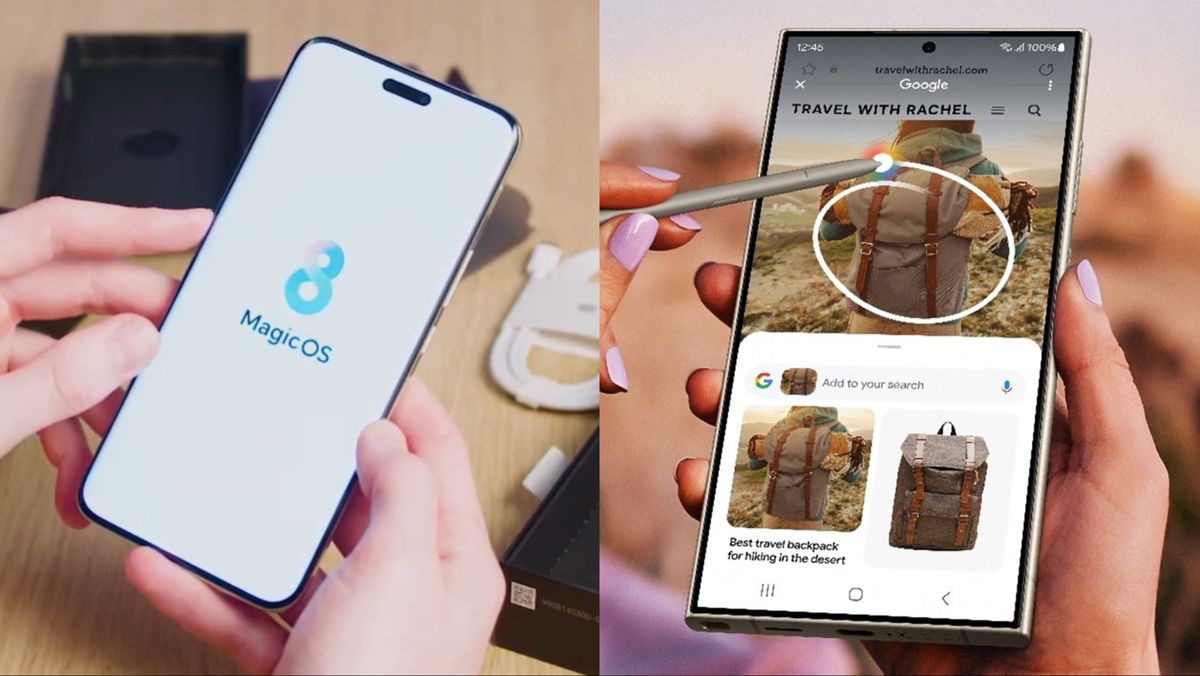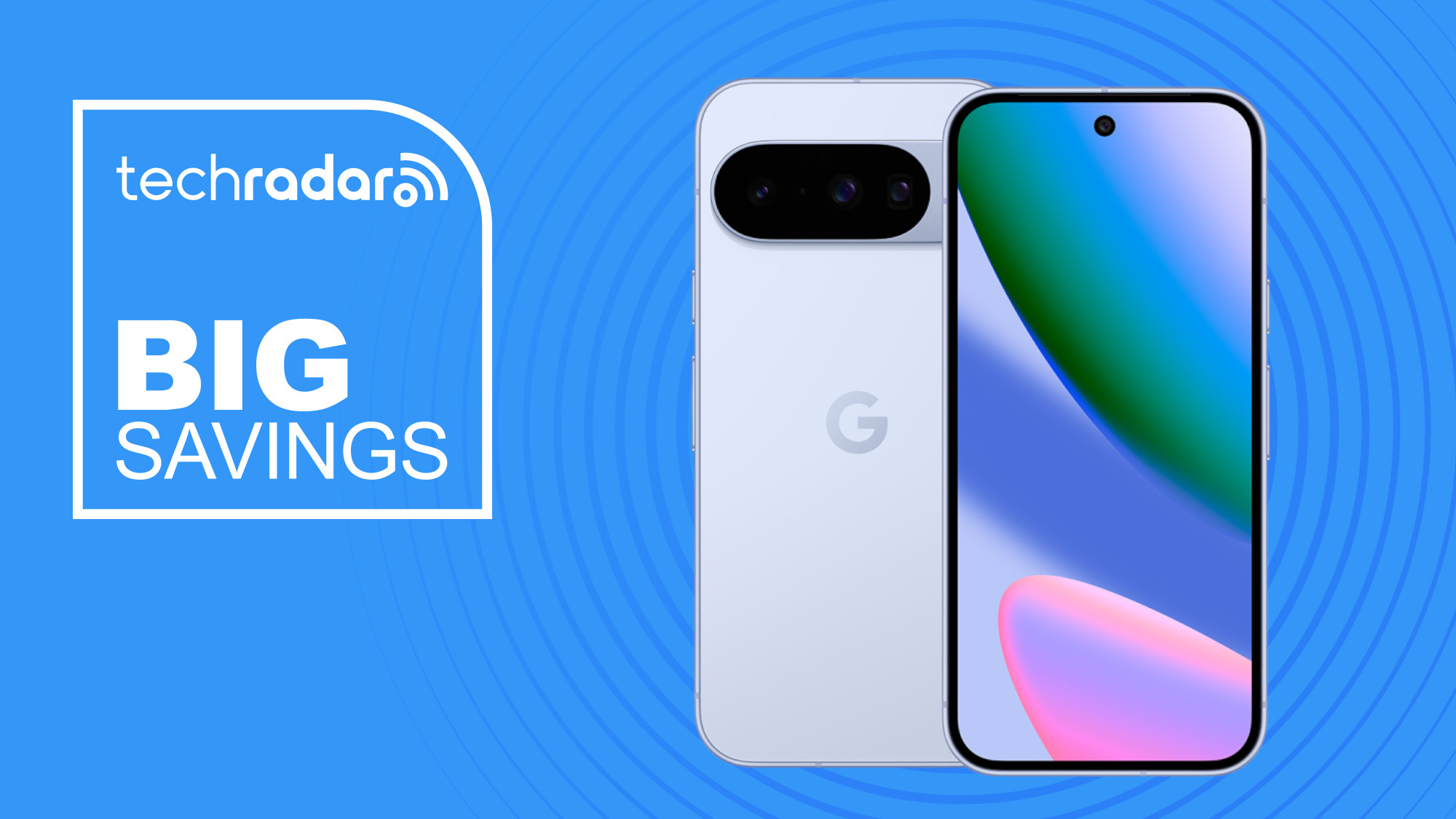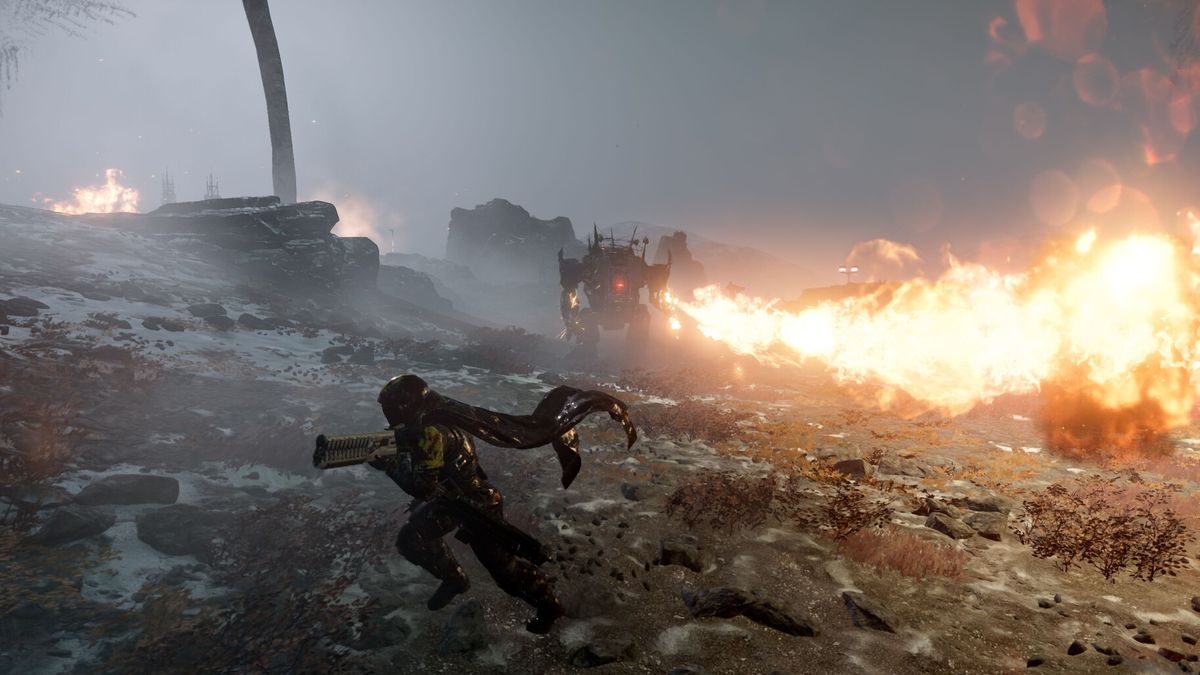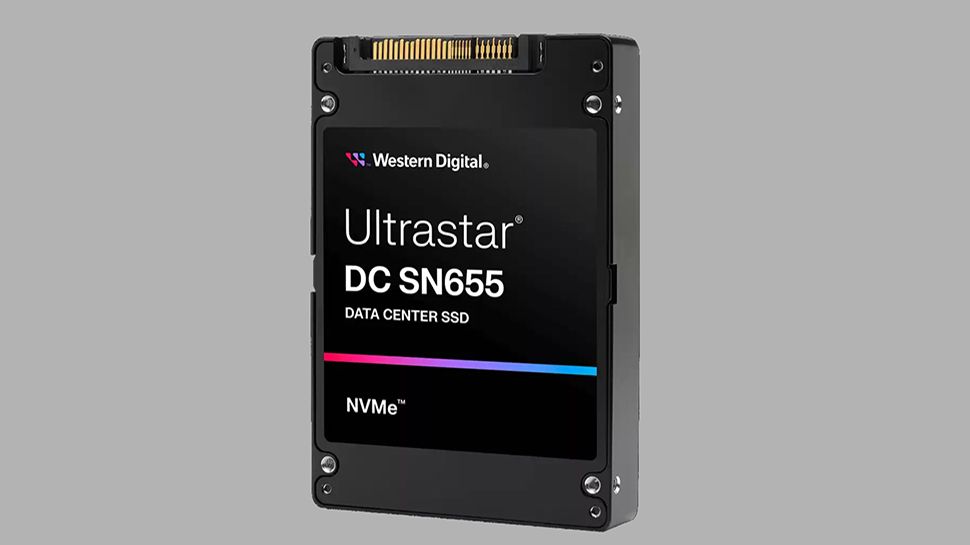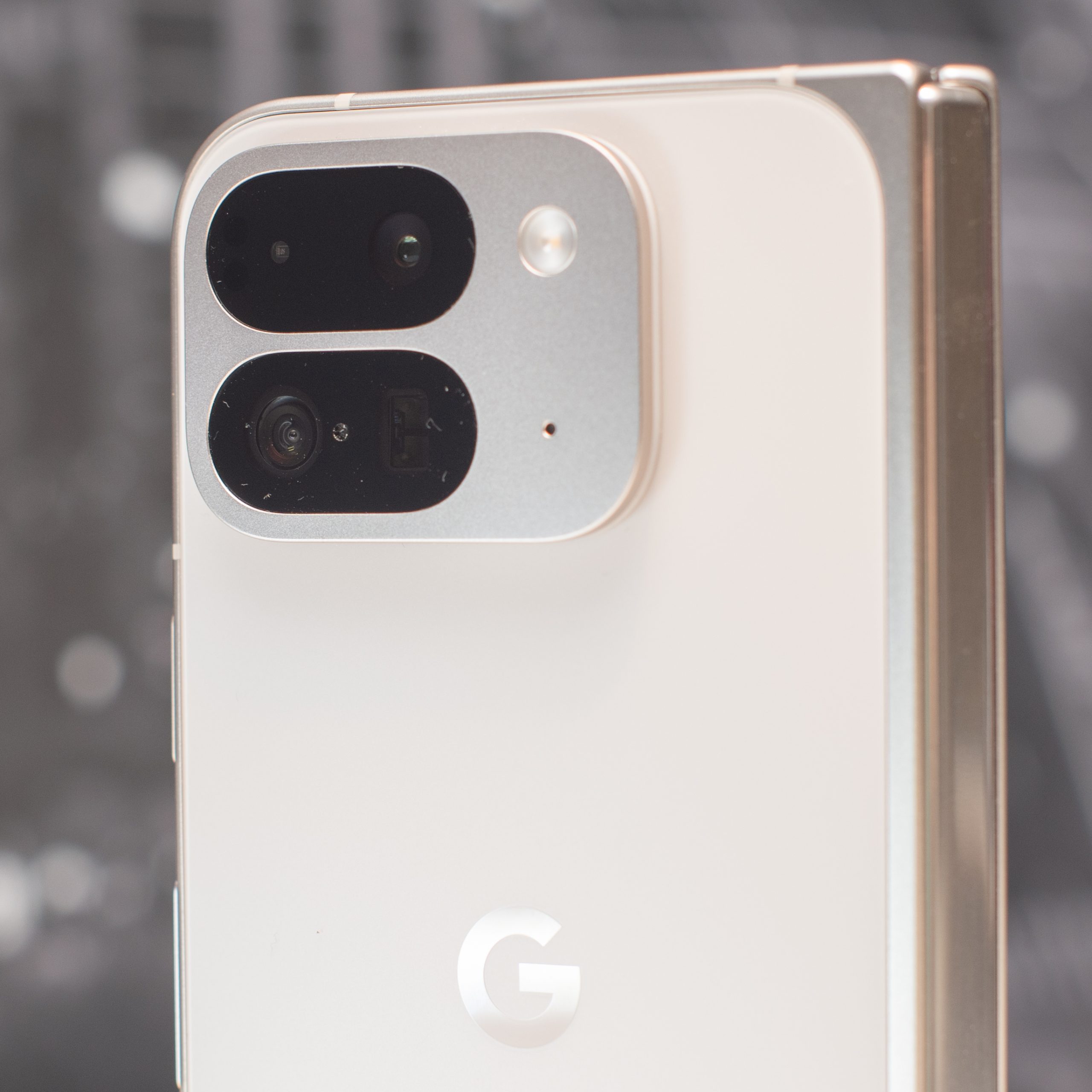If you plan to invest in the best gaming monitors from AMD, you will be pleased to know that your performance and quality will be greatly improved as a result of the new certification requirements.
AMD has recently revised its FreeSync technology certification process, meaning that 40-60Hz refresh rate gaming monitors will no longer be the standard, with the best high refresh rate monitors Continue expanding market share.
Now, to be FreeSync certified, a gaming monitor will need to have a 144Hz refresh rate, which applies to monitors with a horizontal resolution lower than 3440 pixels. The FreeSync Premium requirement has also increased, from 120Hz to 200Hz, with the same horizontal resolution requirement.
Oguzhan Andic, AMD product marketing director for AMD Radeon graphics and AMD FreeSync technology, explained the reason for the changes. In 2015, 60Hz was considered great for gaming, and according to Andic: “AMD Gaming monitors at 120Hz were a rarity in 2015; Today, most gaming monitors are 144Hz or higher. The certification of AMD FreeSync technology is a guarantee of a great experience and we want to keep it that way.”
It's important to note that these specification changes only apply to TVs and gaming monitors, and the current refresh rate requirements still apply to laptop displays.
AMD Should Target Gaming Laptop Displays Next
The next step should also be to increase the refresh rate required for gaming laptops. Portable machines have evolved in leaps and bounds over the years, with stronger components, better ventilation, improved technology, and more. But screens in general seem to be the most inconsistent part of many gaming laptops.
If AMD were to update their FreeSync certification standards to match the new ones for monitors and TVs, it would allow for a much better gaming experience; not only because it guarantees smoother and less choppy images, but also because it would work in greater harmony with AMD's FreeSync.
If an AMD laptop has FreeSync, it synchronizes the display's refresh rate with the GPU's frame rate output, preventing tearing artifacts from appearing; However, if the screen refresh rate is too low, this may interfere with syncing. But if every gaming laptop had a screen with a 144Hz refresh rate, it wouldn't slow down the frame rate of the high-end GPU as much.
Seeing its main competitor do this could even inspire Nvidia to improve its own standards; After all, a little competition is always a good thing and would be great news for gamers.


